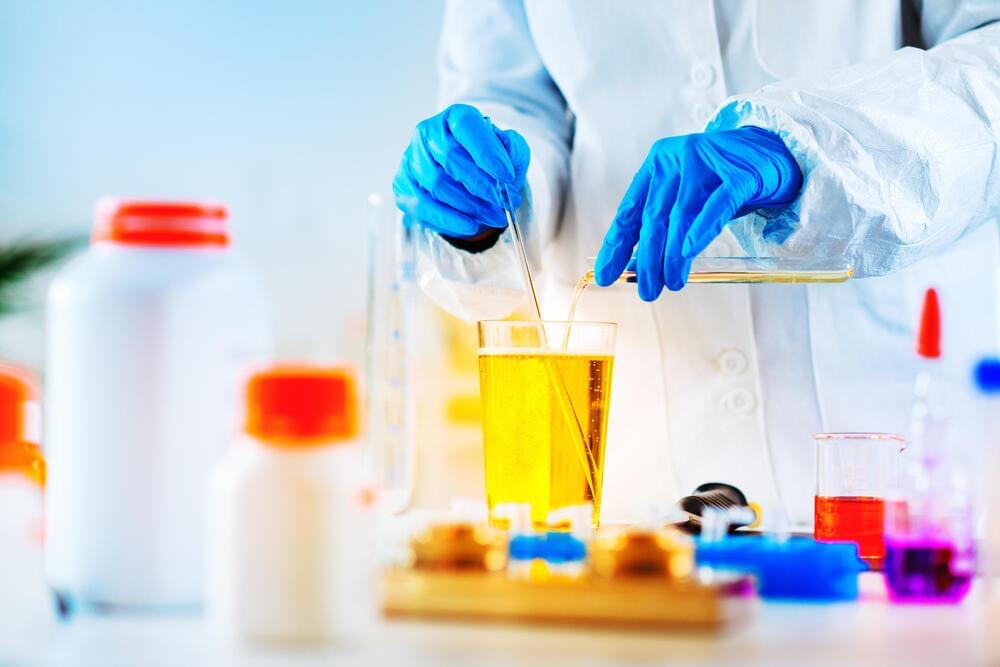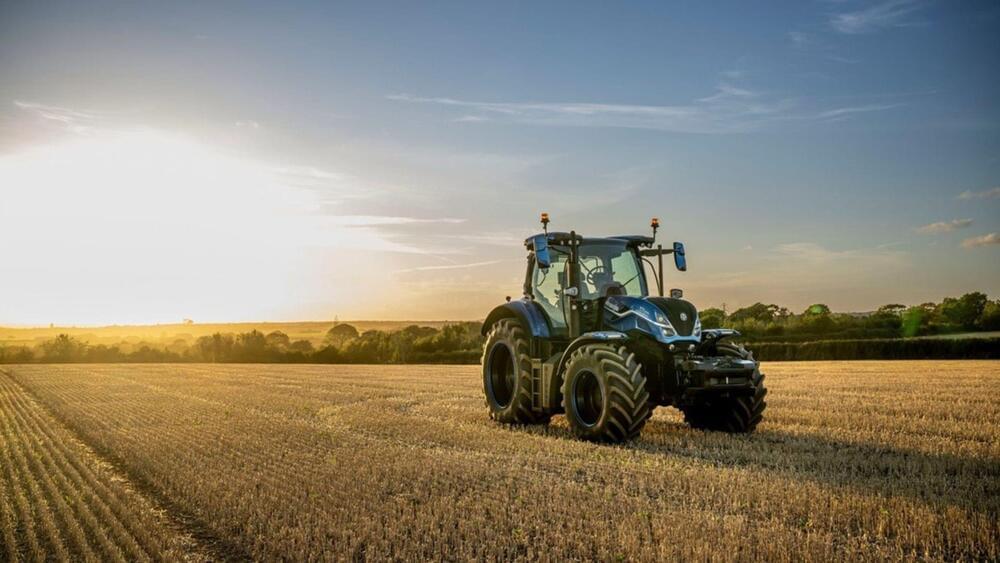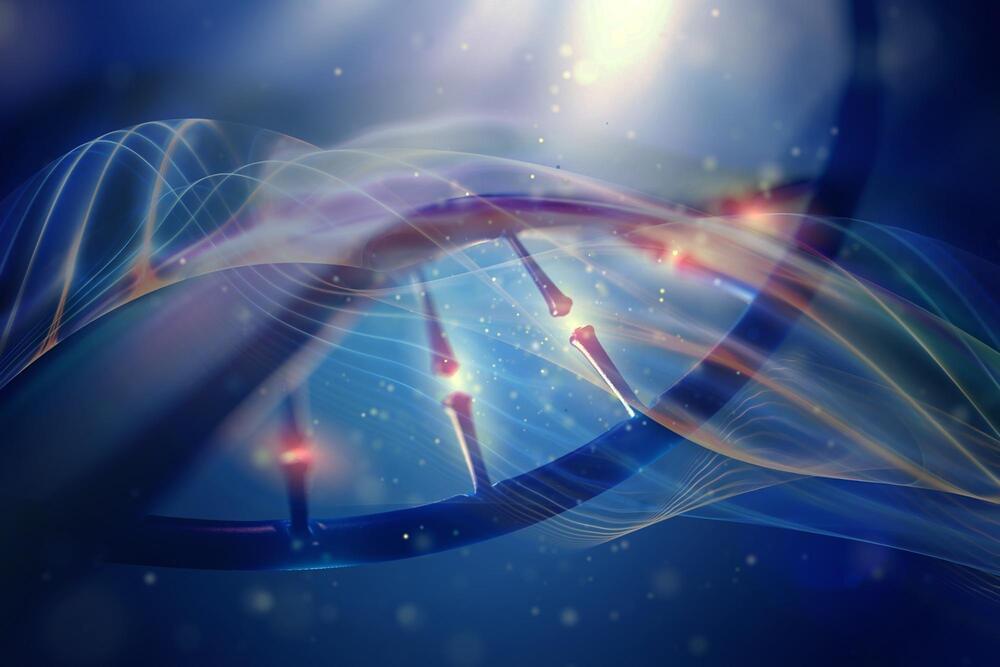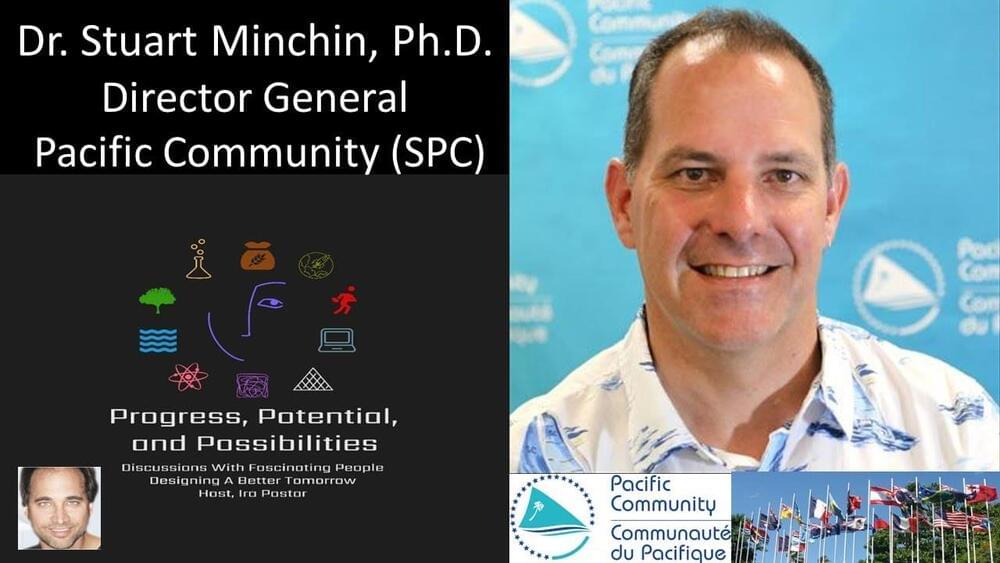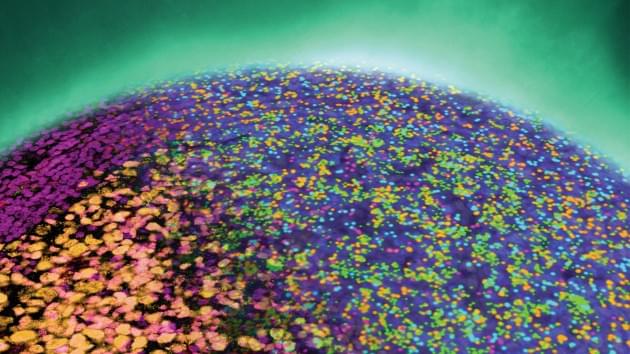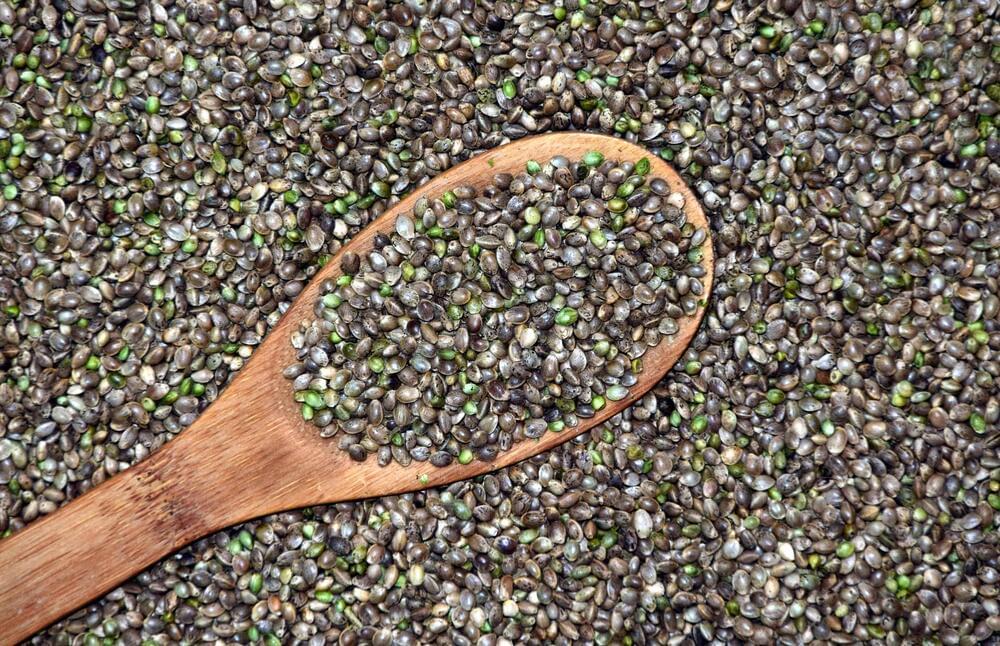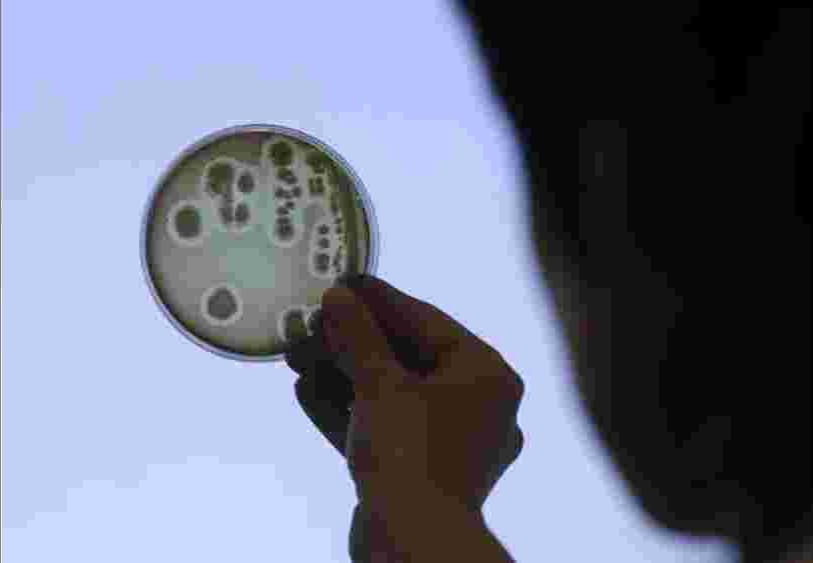Jan 8, 2023
How Robot Tongues Are Measuring Taste For The Food And Beverage Industry
Posted by Quinn Sena in categories: business, food, robotics/AI
Year 2019 face_with_colon_three
The matter of taste and how it is influenced by external factors is a subject of fascination for many people (witness the proliferation of polls about which sense you would give up if needed, for example). In the foodservice industry, the question of how people perceive flavors is big business, used to predict upcoming food trends and what will resonate with tomorrow’s fickle diner.
Continue reading “How Robot Tongues Are Measuring Taste For The Food And Beverage Industry” »
